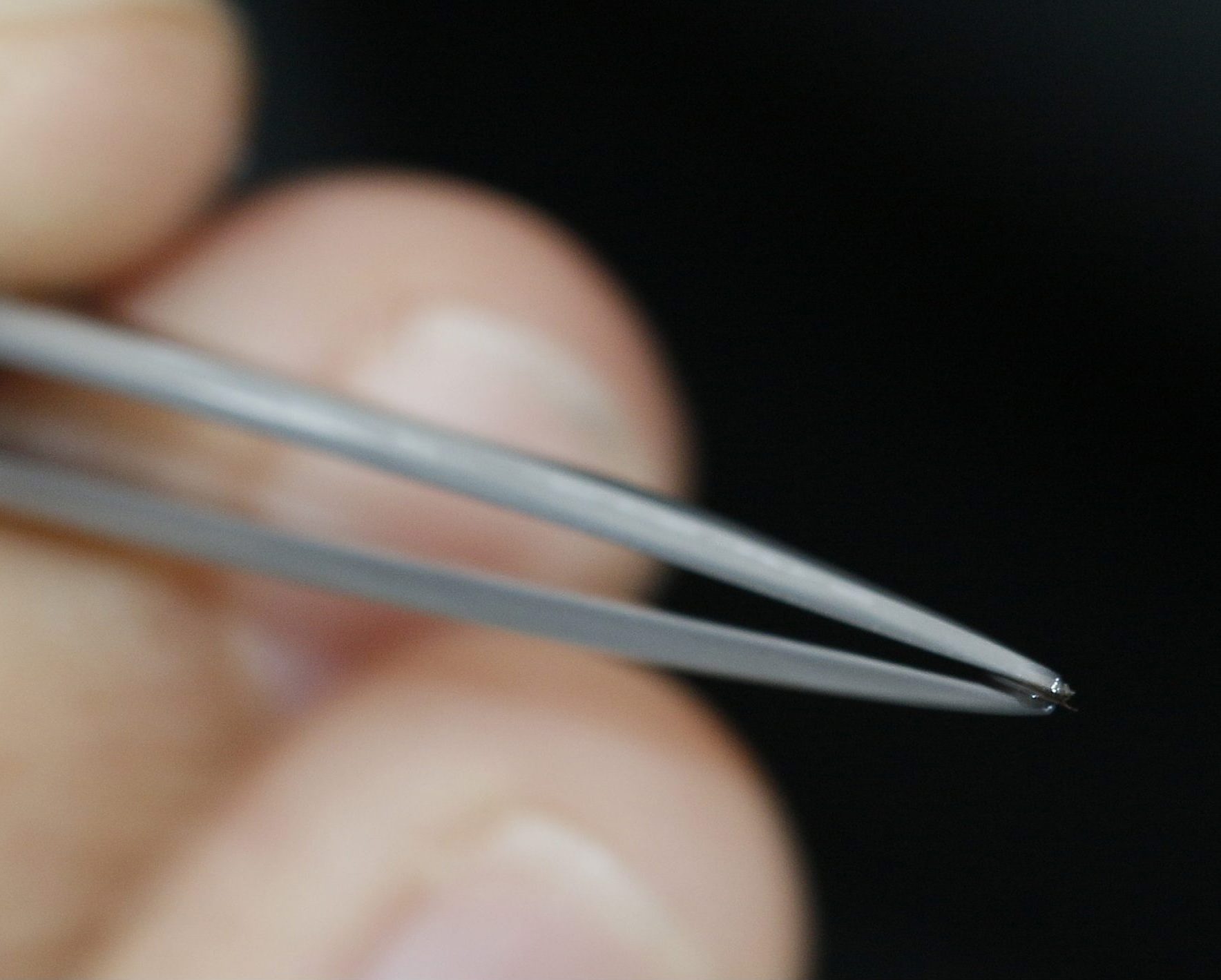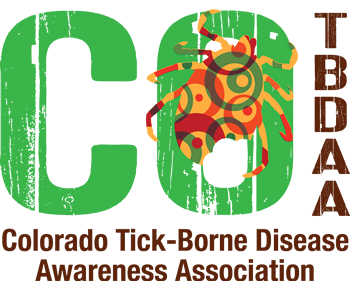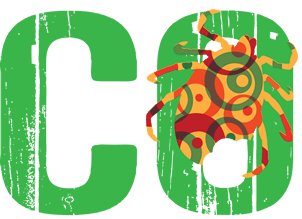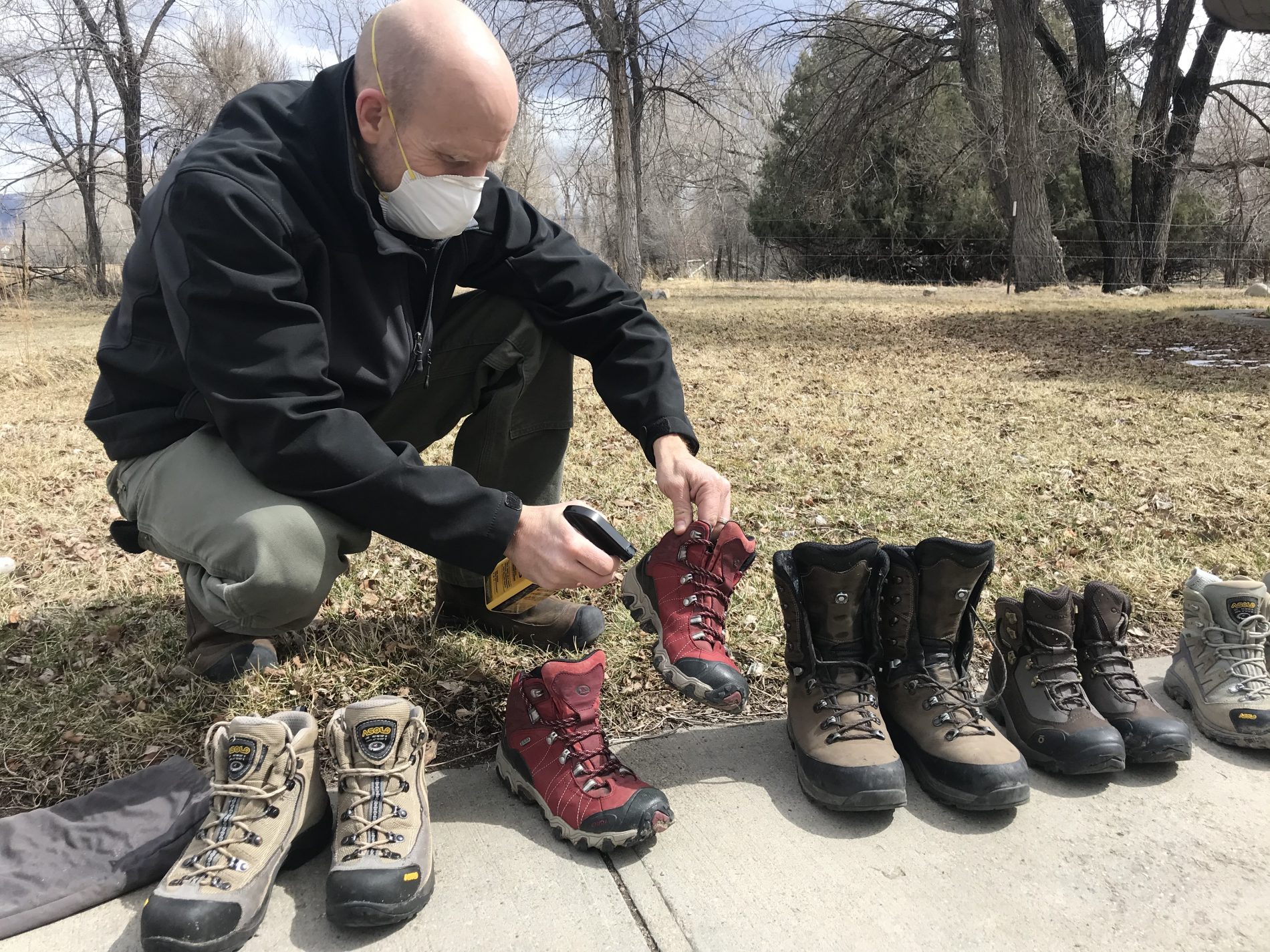
Remove a Tick Properly
How to properly remove a tick
Disease causing microbes or other potentially harmful substances in tick saliva may be transmitted within minutes or hours of a tick bite. The sooner a tick is removed, the less chance of transmission!
- Use fine-tipped tweezers and firmly grasp the tick as close to the skin as possible. A tick tool that does not twist the tick may also be an effective method especially for very small ticks. Avoid using blunt tweezers or fingers as this may increase chance of disease transmission.
- With a steady motion, pull straight up until all parts of the tick are removed.
- DO NOT twist, crush or jerk the tick as this may agitate the tick and increase the chance of transmitting infections the tick may be carrying.
- SAVE the tick for identification and testing by placing in a ziplock bag or other airtight container.
- Thoroughly wash your hands AND the bite area with soap and water or an alcohol based hand sanitizer. Sanitize your tweezers or tick tool as well!
- It is recommended that you always consult with your physician regarding concerns or questions about your exposure, testing and potential treatment.
AVOID touching a tick with bare hands.
NEVER use petroleum jelly, a hot match, nail polish, essential oils or other topical products to remove a tick! These methods may increase chance of pathogen transmission.
If you find a tick that has not embedded (you have found it crawling on clothing, gear or pets) and you wish to dispose of it without testing, place the tick between adhesive tape and throw it in trash. Wash hands thoroughly!






